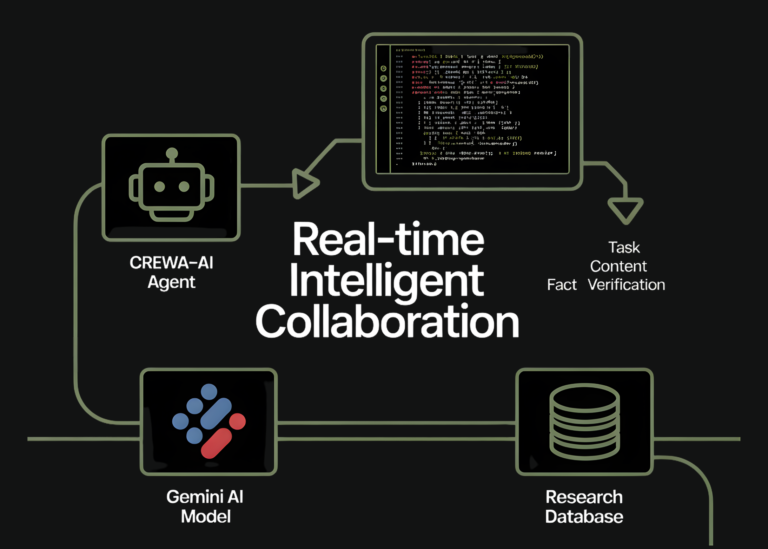AI Tools for Real-Time Language Translation: Bridging the Global Communication Gap
In an increasingly interconnected world, breaking down language barriers has become a critical need for businesses, travelers, educators, and individuals. Real-time language translation, once a futuristic concept, is now a tangible reality thanks to advancements in artificial intelligence (AI). These tools leverage cutting-edge technologies to translate spoken or written language as it happens, enabling seamless communication across cultures and geographies. From video calls to instant messaging, AI-driven translation is transforming how we interact globally.
The Evolution of Translation Technology
Translation technology has come a long way from its early days of rule-based systems, which relied on pre-defined linguistic rules and often produced awkward, literal translations. The advent of statistical machine translation (SMT) in the 2000s improved accuracy by analyzing vast text corpora, but it still struggled with context and nuance. Today, neural machine translation (NMT) powered by deep learning algorithms has revolutionized the field. NMT models, such as Google’s Transformer and OpenAI’s GPT, learn from massive datasets to understand context, idioms, and even tone, delivering translations that are more natural and precise.
Key AI Tools for Real-Time Translation
Several AI-powered platforms now offer real-time translation services, catering to diverse needs:
-
Google Translate
A household name, Google Translate integrates NMT for both text and speech. Its “Conversation Mode” allows real-time voice translation during phone calls or in-person interactions, supporting over 130 languages. The app also offers instant text translation via camera scanning and integrates with Google Meet for live subtitles in video calls. -
Microsoft Translator
Microsoft’s tool excels in real-time speech and text translation, particularly within its Teams and Skype platforms. It supports 100+ languages and uses AI to adapt to specific industries, like healthcare or business, ensuring context-aware translations. Its “Live Captions” feature in Windows 10/11 also provides real-time subtitles for meetings and presentations. -
DeepL
Known for its high-quality text translations, DeepL is a favorite among professionals. While it primarily focuses on text, its recent updates include voice translation features. It emphasizes natural, human-like phrasing and supports 28 languages, making it a go-to for nuanced content like legal or academic documents. -
iTranslate & SayHi
These apps specialize in real-time voice translation, using AI to process spoken language instantly. iTranslate, for instance, offers conversation modes for 40+ languages and integrates with smart speakers, while SayHi is designed for on-the-go travelers, translating speech in real time during face-to-face interactions. -
Smart Devices & Wearables
Tools like Amazon’s Alexa, Apple’s Siri, and apps on smartwatches (e.g., Samsung’s Galaxy Buds) use AI to translate voice commands and conversations, making real-time translation accessible through everyday devices.
Benefits of AI Real-Time Translation
- Speed and Efficiency: AI tools process translations in seconds, enabling instant communication during meetings, travel, or social interactions.
- Accessibility: They democratize language learning and communication, allowing users to engage with content in their preferred language without prior knowledge.
- Scalability: Businesses can use these tools to serve global customers, while educators can provide multilingual support to students.
- Continuous Learning: AI models improve over time by learning from user interactions, adapting to slang, regional dialects, and evolving language trends.
Challenges and Limitations
Despite their advancements, AI translation tools face hurdles:
- Cultural Nuances: Idioms, humor, and cultural references can be lost or misinterpreted.
- Accuracy Gaps: Less common languages or highly technical content may still result in errors.
- Privacy Concerns: Real-time translation often requires data collection, raising questions about user privacy and security.
- Speech Recognition Accuracy: Background noise, accents, or poor audio quality can hinder voice translation effectiveness.
Real-World Applications
AI translation tools are reshaping industries:
- Business: Multinational companies use real-time translation to conduct meetings, negotiate deals, and collaborate across borders.
- Travel: Apps like Google Translate help tourists navigate foreign countries by translating signs, menus, and conversations on the spot.
- Education: Students and teachers benefit from instant translation of lectures, books, and online content.
- Customer Service: Companies employ AI chatbots to handle queries in multiple languages, improving user experience.
The Future of AI in Real-Time Translation
The future holds exciting possibilities:
- Augmented Reality (AR) Integration: Imagine AR glasses that translate street signs or conversations in real time.
- Improved Contextual Understanding: AI will better grasp subtle cues like emotion and intent, enhancing translations.
- Customization: Tools may adapt to individual speech patterns or professional jargon for specialized use cases.
- Ethical AI: Efforts to address bias and improve transparency in translation algorithms will become more critical.
Conclusion
AI tools for real-time language translation are no longer just a convenience—they are a necessity in our globalized society. By bridging linguistic gaps, they foster inclusivity, streamline communication, and open new opportunities for collaboration. While challenges remain, the rapid pace of innovation suggests that the future of translation will be even more seamless, accurate, and integrated into daily life. As AI continues to evolve, the dream of universal communication is becoming a reality, one word at a time.
Ready to explore the world without limits? The next time you encounter a language barrier, consider the power of AI translation—it might just be your passport to understanding.







